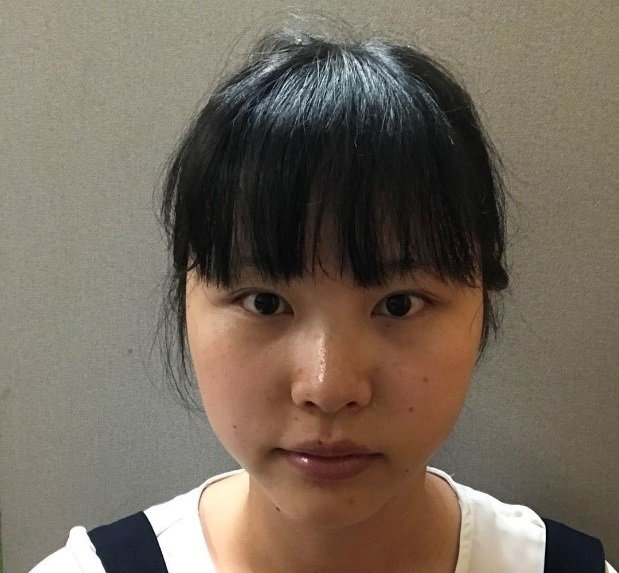Yali Zhang Wins ARFTG Roger Pollard Student Fellowship in Microwave Measurement

Doctoral candidate Yali Zhang’s work on the study of copper (Cu) nanowires (NWs) for ultrathin via technology used in 3D integrated circuits (IC) was rated highly by the Automatic Radio Frequency Techniques Group (ARFTG) review panel. Her proposal titled, “Characterization of Copper Nanowire for Millimeter Wave and Submillimeter Wave Applications” was awarded the ARFTG Roger Pollard Student Fellowship in Microwave Measurement.
In integrated circuits and systems, vias play a key role providing high-density interconnections between active devices. They are also used in grounding, signal routing, and transition from microstrip to coplanar waveguide (CPW). However, as the communication frequency band expands into millimeter and submillimeter wave frequencies, higher skin depth loss and parasitic inductance for vias become prohibitive. To address these issues, scientists have tried using different substrate materials such as high resistivity silicon (Si) wafers, glass, and commercial anodized alumina oxide (AAO). Due to substrate thickness limitations, the via thickness of these materials ranges from 50-250 µm. However, size limitations for a 3D IC/Si integration require a via thickness in the range of 1-30µm. Yali has taken on the challenge, and her proposal develops a technique for fabricating and characterizing ultra-thin vias required for 3D CMOS applications.
Yali’s proposal offers a novel integrated via structure in integrated AAO with Cu NWs onto a high resistivity Si wafer. Such a structure provides low power loss due to the substrate material and the properties of the NWs. Their size makes NWs easily penetrable by high frequency fields, and therefore show less skin depth effect. The use of bundles of NWs reduces total power loss. Also, the use of integrated AAO provides vias that are ultrathin and offer improved integration. Under the proposal, the goal is to develop accurate and sensitive methods to characterize Cu NWs as vertical interconnects, and build circuits with Cu NW vias for use in millimeter and submillimeter wave IC systems for communication. The development could be a game changer for future millimeter and sub-millimeter wave communication systems that are key to internet of things technology, autonomous vehicles, and low-power Cube satellites where small device size and low power consumption are critical features. Ultimately, the goal is to develop low-loss, fast-speed 3D integrated circuits based on the Cu NWs study.
Yali’s award winning proposal stems from her doctoral research interest in RF properties and applications of magnetic and non-magnetic nanostructures, especially for future communication and nanomedicine technologies. She was also the winner of the CSE 3MT competition where she took on the challenge of presenting her research in 3 minutes in a compelling manner to a non-scientific audience. Yali is a member of professor Rhonda Franklin's MPACT research group.